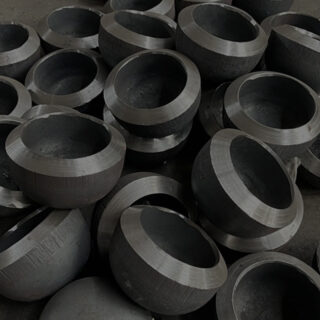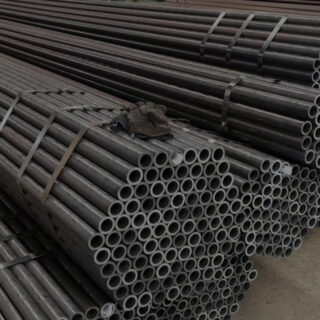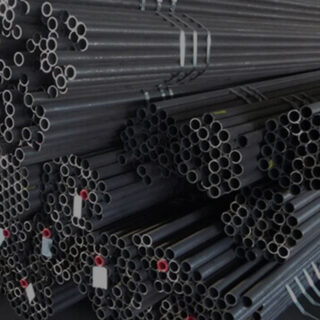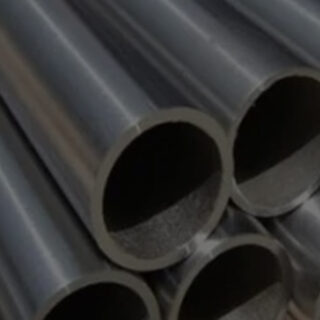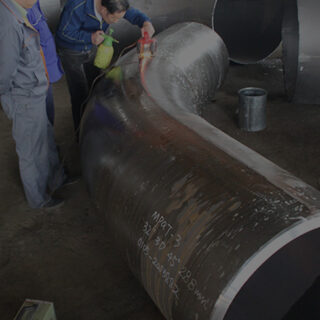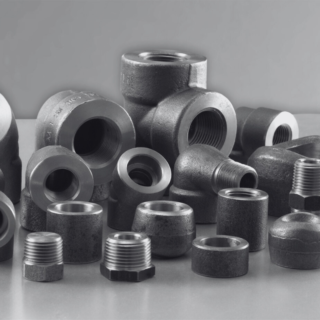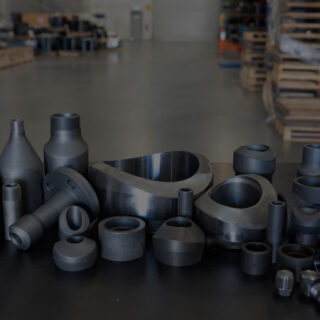
In industries ranging from oil and gas to chemical processing, the integrity of duplex steel branch connections is paramount. These critical fittings ensure the reliable distribution of flow between pipes, minimizing the risk of leaks or failures in demanding environments. Testing the quality of these branch connection fittings is essential to meet safety standards and maintain operational efficiency
At Citizen Pipe Fittings, a leading manufacturer, supplier, and exporter in Mumbai, India, rigorous testing processes are implemented to deliver durable and high-performing pipe branch connections. This article delves into the methodologies used to assess the quality of these components and why they matter.
Key Parameters for Quality Assessment
A duplex steel branch connection is exposed to harsh environments, including high pressure, extreme temperatures, and corrosive substances. Hence, its quality tests focus on the following parameters
- 1. Material Composition : The duplex steel used must have the right balance of chromium, molybdenum, and nitrogen to ensure corrosion resistance and strength. Testing methods include:
- Spectrochemical Analysis : Ensures the alloy composition aligns with ASTM or ASME standards.
- Hardness Testing : Evaluates resistance to deformation, especially in high-pressure systems.
- 2. Dimensional Accuracy : Proper dimensions are critical for seamless integration into pipelines. Tools such as calipers, micrometers, and coordinate measuring machines (CMM) are used to verify:
- Wall thickness.
- Internal and external diameters.
- Branch connection alignment.
- 3. Mechanical Strength : The ability to withstand stress under operational conditions is tested through:
- Tensile Testing: Measures the maximum load before the material fractures.
- Fatigue Testing : Assesses durability under cyclic stress.
- 4. Corrosion Resistance : Duplex steel is known for its superior resistance to pitting, crevice corrosion, and stress corrosion cracking. Tests include:
- Salt Spray Test : Mimics corrosive environments to ensure longevity.
- Intergranular Corrosion Test : Detects susceptibility to cracking along grain boundaries.
Non-Destructive Testing (NDT) Techniques
For pipe branch connections, NDT techniques provide invaluable insights without causing damage. Common NDT methods include :
- 1. Ultrasonic Testing (UT) : UT checks for internal defects like cracks or voids by transmitting high-frequency sound waves through the fitting. Any irregularities are captured on a screen, enabling precise identification.
- 2. Radiographic Testing (RT) : RT uses X-rays or gamma rays to detect hidden flaws in branch connection fittings. This method is particularly effective for verifying weld integrity in high-pressure systems.
- 3. Magnetic Particle Inspection (MPI) : For ferromagnetic materials, MPI detects surface and slightly subsurface defects using magnetic fields and ferrous particles.
- 4. Liquid Penetrant Testing (LPT) : A liquid dye highlights surface cracks, pinholes, or other imperfections invisible to the naked eye.
Hydrostatic and Pneumatic Testing
These methods simulate real-life operating conditions to assess the reliability of the duplex steel branch connection :
- Hydrostatic Testing : The fitting is filled with water and subjected to pressures above its operational limit. This test ensures there are no leaks or material deformations.
- Pneumatic Testing : Similar to hydrostatic testing but uses compressed air or gas instead of water. This method requires additional safety precautions due to the potential hazards of compressed gases.
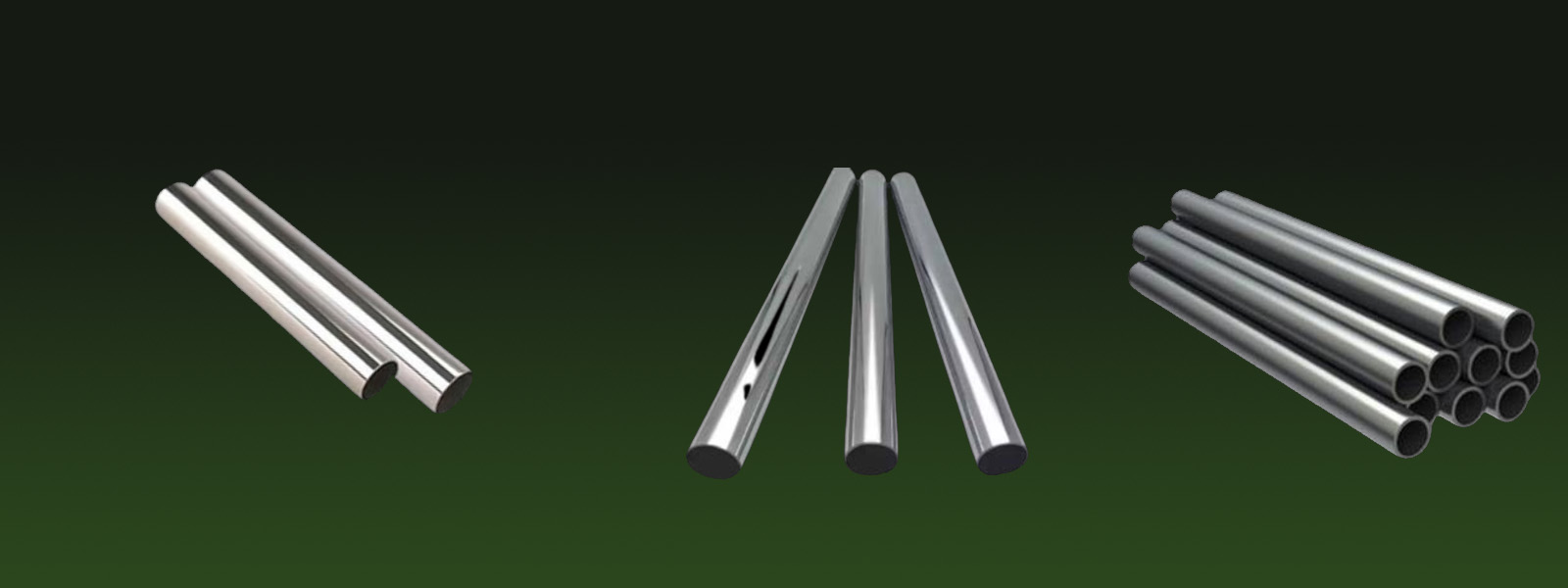
Importance of Certifications
Certified branch connection fittings guarantee adherence to international quality standards. Look for certifications such as :
- ISO 9001:2015 for Quality Management Systems.
- ASME B31.3 for Process Piping.
- NACE MR0175/ISO 15156 for corrosion-resistant materials in sour environments.
At Citizen Pipe Fittings, every pipe branch connection undergoes stringent quality checks, backed by internationally recognized certifications.
The Role of Visual Inspection
Visual inspection, though basic, plays a vital role in quality assurance. It identifies surface irregularities, weld defects, and manufacturing flaws. Trained personnel use tools like magnifying glasses, borescopes, and digital microscopes for detailed examinations.
Conclusion
Testing the quality of duplex steel branch connections is a multi-faceted process that ensures reliability, safety, and performance. From chemical composition analysis to advanced non-destructive testing methods, every step contributes to a durable and efficient product.
Citizen Pipe Fittings, a trusted name in Mumbai, India, combines expertise and cutting-edge technology to deliver high-quality branch connection fittings. Whether you need a robust pipe branch connection for a chemical plant or an offshore project, you can rely on their products to meet stringent industrial standards
For further inquiries or to explore the wide range of duplex steel branch connections, reach out to Citizen Pipe Fittings today. Their commitment to excellence ensures that you receive nothing but the best.


















